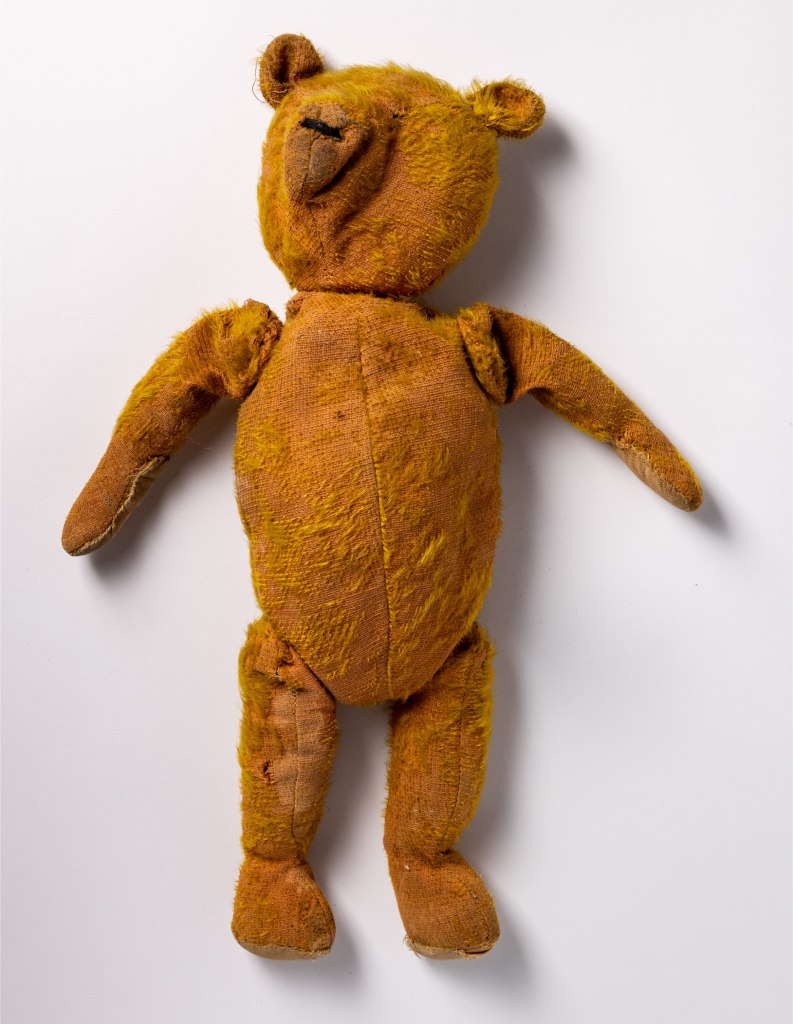History with Chutzpah: Remarkable Stories of the Southern Jewish Experience
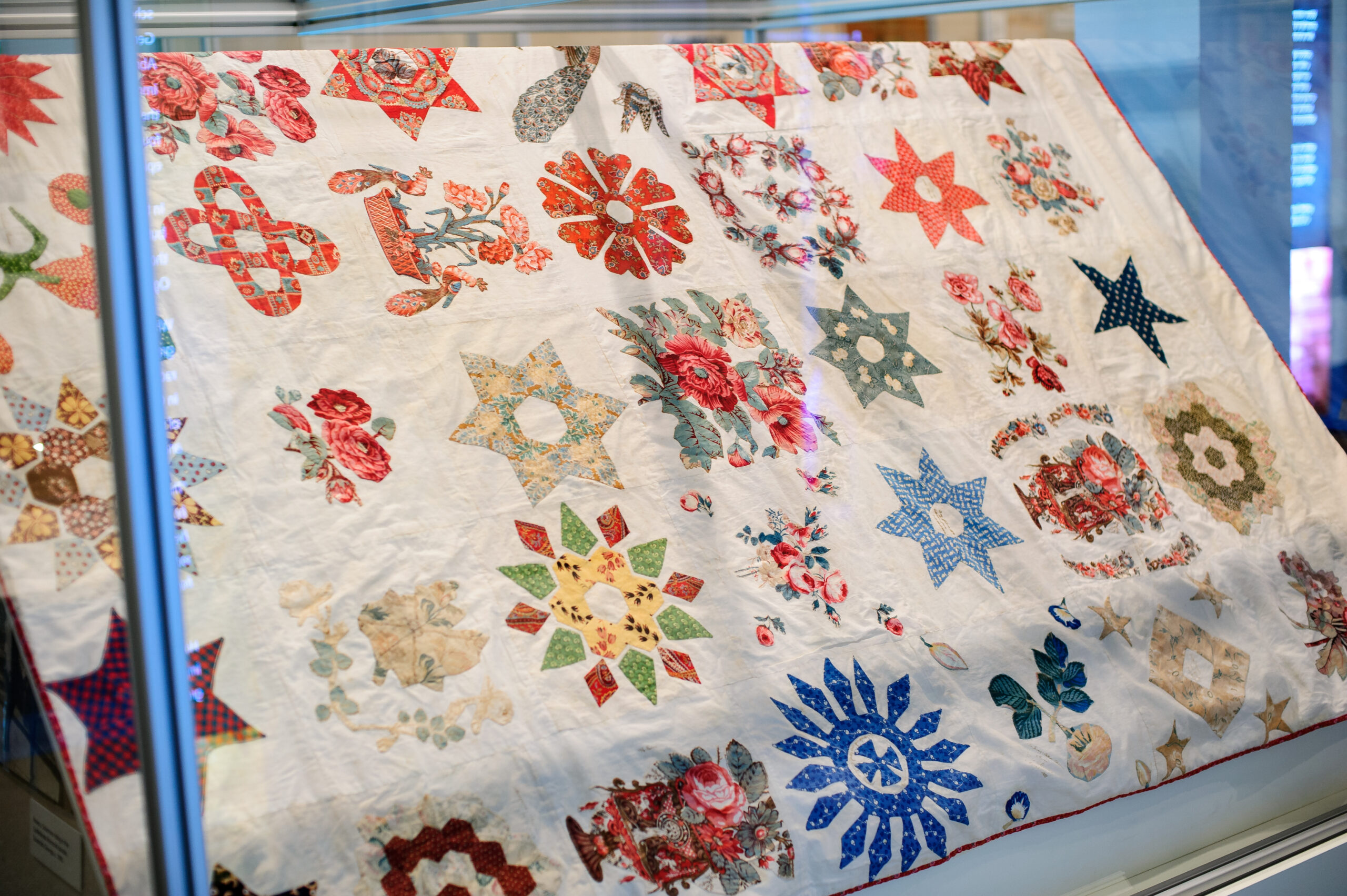
The 250+ artifacts, documents, photographs and oral histories in the exhibition, reveal stories from the generations before us and offer you a journey into Jewish culture unlike any other. Enhanced by personal interviews, oral history excerpts and interactive screen displays, Jewish Southerners adapted to, adopted or affected the society that surrounded them, while simultaneously retaining and celebrating their unique cultural heritage. Some had bold ideas that led to innovation and change, and some held values that impelled them to rebel against ‘the way things were,’ and others accepted the culture and customs of the South.
History with Chutzpah gives voice to many people…past and present…whose experiences, achievements and perceptions are reflected in The Breman’s vast archival collections, initiated by a seed gift from Erwin Zaban in 1985. The exhibition is divided into six sections as follows:
• Courage & Conformity
• Hope & Survival
• Success & Loss
• Patriotism & Perseverance
• Benevolence & Community
• Murder & Mayhem
Together, these micro galleries will recount the stories of Jews in Georgia and Alabama through more than 250 objects, documents, photographs and oral histories. The interpretive themes of resilience, adaptation, courage and advocacy seem to mirror what the world is experiencing now through the pandemic and its rippling effects into every corner of society.
Artifacts
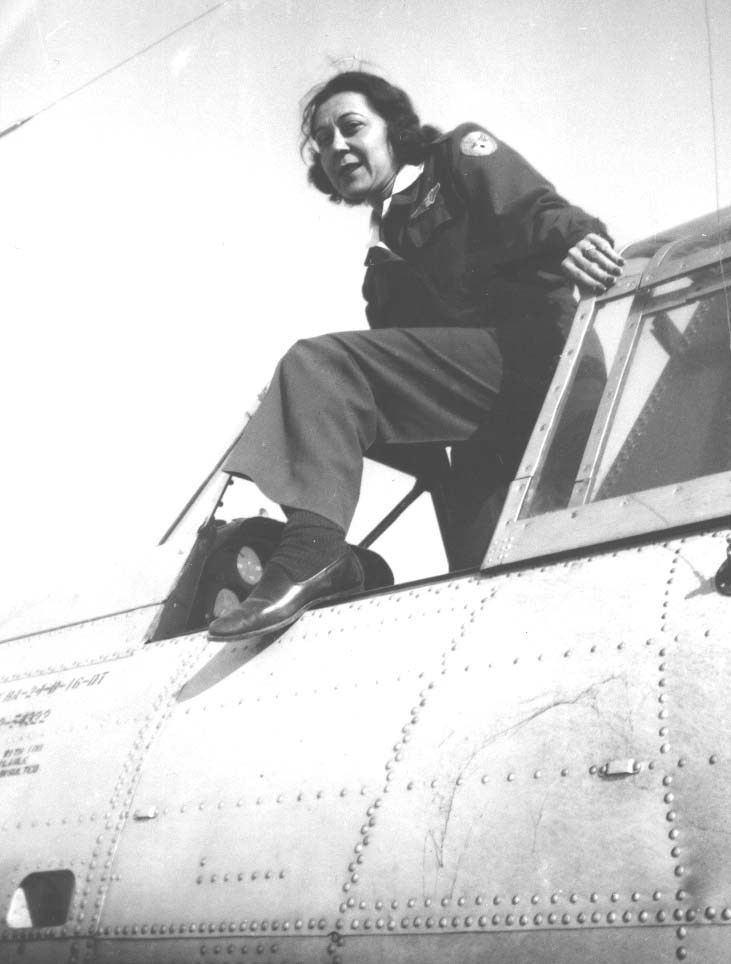
c. 1943
Evelyn Greenblatt (Howren) posing with the airplane she flew as a Women’s Air Service Pilot (WASP) during World War II
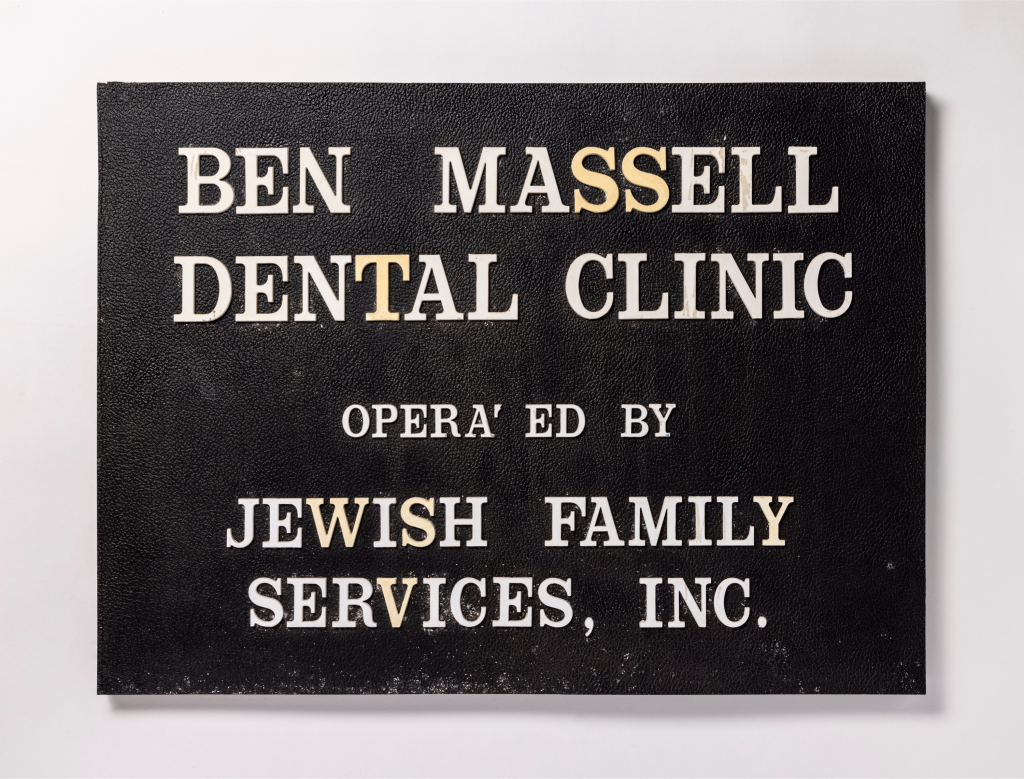
c. 1960
In 1956, the Goldstein brothers, with Massell’s financial backing, established the dental clinic in Atlanta. It was a free clinic focused on providing outpatient medical care to underserved communities.
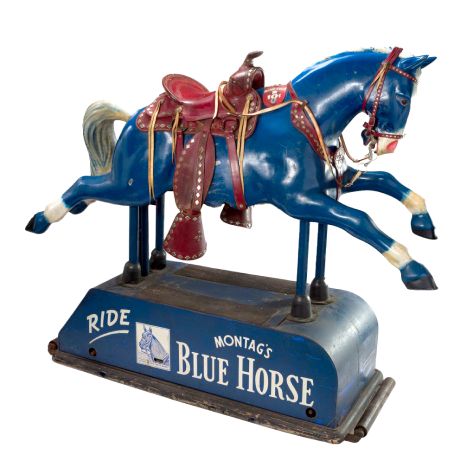
c.1960
Montag’s Blue Horse
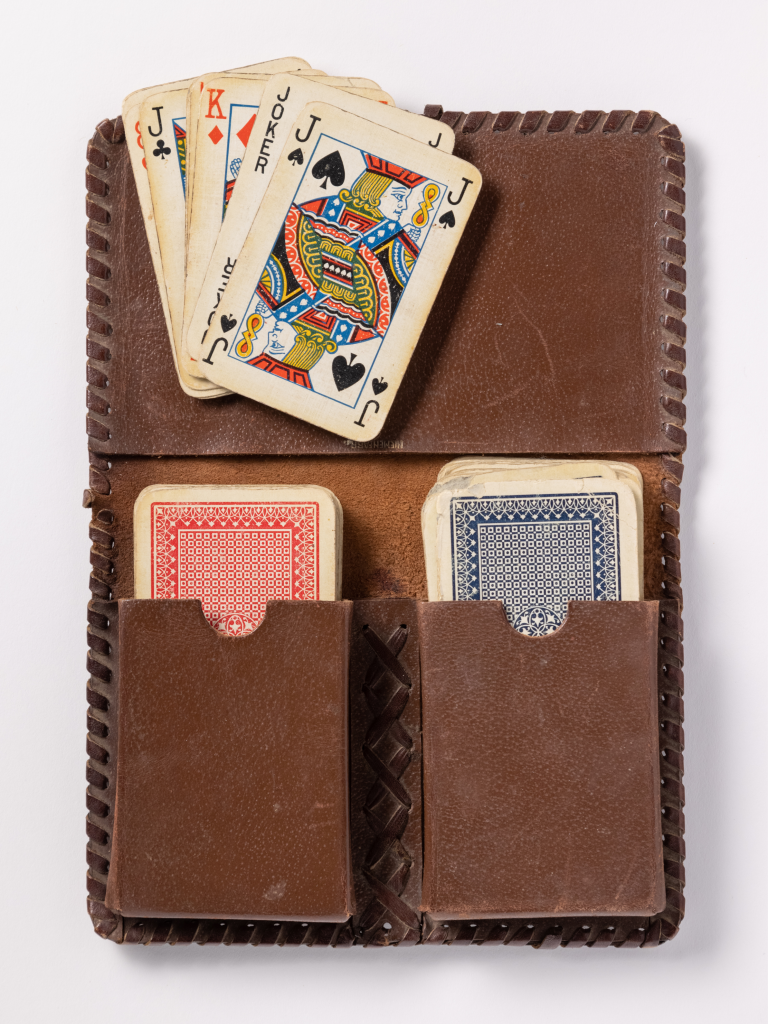
c. 1943
Pola, her sister Irene, and her mother survived the Holocaust hidden away by Franciszka Sobkowa. Their polish nursemaid, Frania, helped them survive the war by having the courage to protect them even with the danger that it put her in. Frania hid the Bienstock family in her apartment for two years while she worked at the Gestapo office across the street. Frania stole a set of playing cards from a Gestapo officer for them to use while hiding.
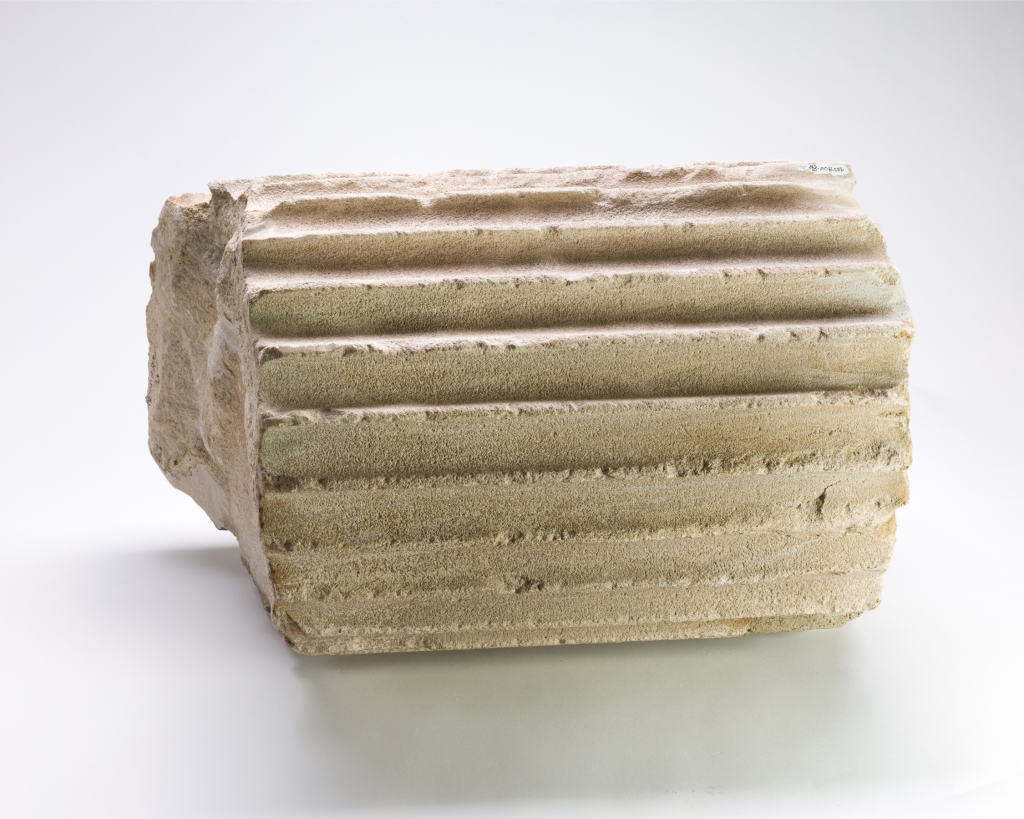
C. 1958
Fragment from The Temple bombing
In the early hours on October 12, 1958, a bundle of dynamite blew out the side wall of The Temple, Atlanta’s oldest congregation. Six months earlier there was an attempted bombing of Temple Beth El in Birmingham, Alabama. No one was ever arrested, but the investigation led to a former Columbian, founder of the National States Rights Party (NSRP), and known associate of other neo-Nazis, such as George Bright who was a suspect in The Temple bombing.
